Publications and Other Writings
"Dr. Michael Bourke’s landmark research has helped to inform an entire generation of mental health and law enforcement professionals. It is a pleasure to hear him lecture and I am very grateful for his work."
—Frank Kardasz, MPA, Ed.D.- Developer
An active researcher, Dr. Bourke co-authored the “Butner Study” and published seminal work on the use of Tactical Polygraph with sex offenders. The Butner Study received a Special Recognition Award from the United Kingdom’s Child Exploitation and Online Protection Centre. Dr. Bourke is also the recipient of the Pro-Humanitate Literary Award from the North American Resource Center for Child Welfare.
In the area of staff wellness, Dr. Bourke and his colleagues have published studies that identified factors related to secondary traumatic stress and vicarious traumatization. He currently serves as the lead researcher on the most comprehensive survey ever conducted on first responders that aims to identify both effective and maladaptive coping strategies.
Dr. Bourke serves on the editorial boards for two professional journals and is an ad hoc reviewer for several others. His clinical and research interests include the assessment of sexual offenders, the art of interviewing and interrogation, the detection of deception, secondary stress among law enforcement personnel, and investigative profiling.
List of Publications and Other Writings
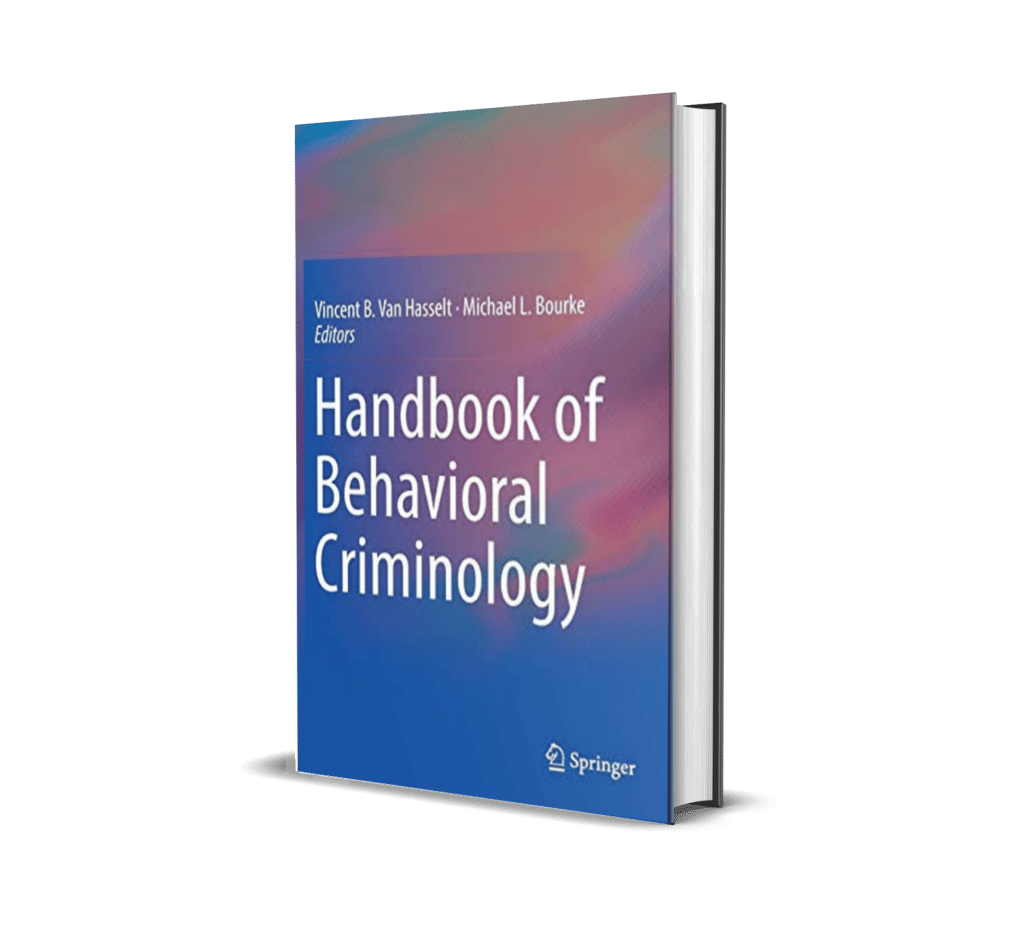
Handbook of Behavioral Criminology
This multidisciplinary volume assembles current findings on violent crime, behavioral, biological, and sociological perspectives on its causes, and effective methods of intervention and prevention. Noted experts across diverse fields apply a behavioral criminology lens to examine crimes committed by minors, extremely violent offenses, sexual offending, violence in families, violence in high-risk settings, and crimes of recent and emerging interest. The work of mental health practitioners and researchers is shown informing law enforcement response to crime in interrogation, investigative analysis, hostage negotiations, and other core strategies. In addition, chapters pay special attention to criminal activities that violate traditional geographic boundaries, from cyberstalking to sex trafficking to international terrorism.
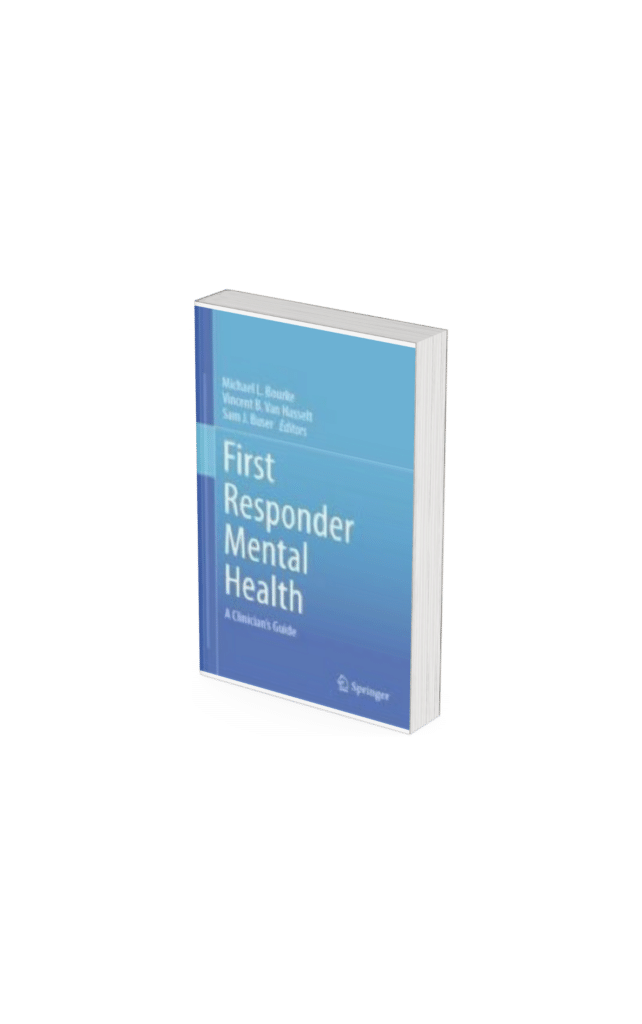
First Responder Mental Health: A Clinician's Guide
This edited volume provides mental health clinicians with knowledge to effectively work with current and former first responders. It provides strategies on how to best develop and adapt clinical assessment procedures and therapeutic interventions to better meet the unique needs found in these settings. Chapters synthesize existing literature to introduce the reader to profession-specific factors issues that exist in these contexts and describe the challenges that can present when working with police, firefighters, EMS, emergency communications operators, crime scene investigators, and corrections personnel. The book covers a range of topics that clinicians and trainees need to understand the relevant issues, develop effective treatment plans, and deliver appropriate psychological services in public safety settings. First Responder Mental Health: A Clinician’s Guide will be essential reading for mental health professionals working with first responders, as well as those in training.
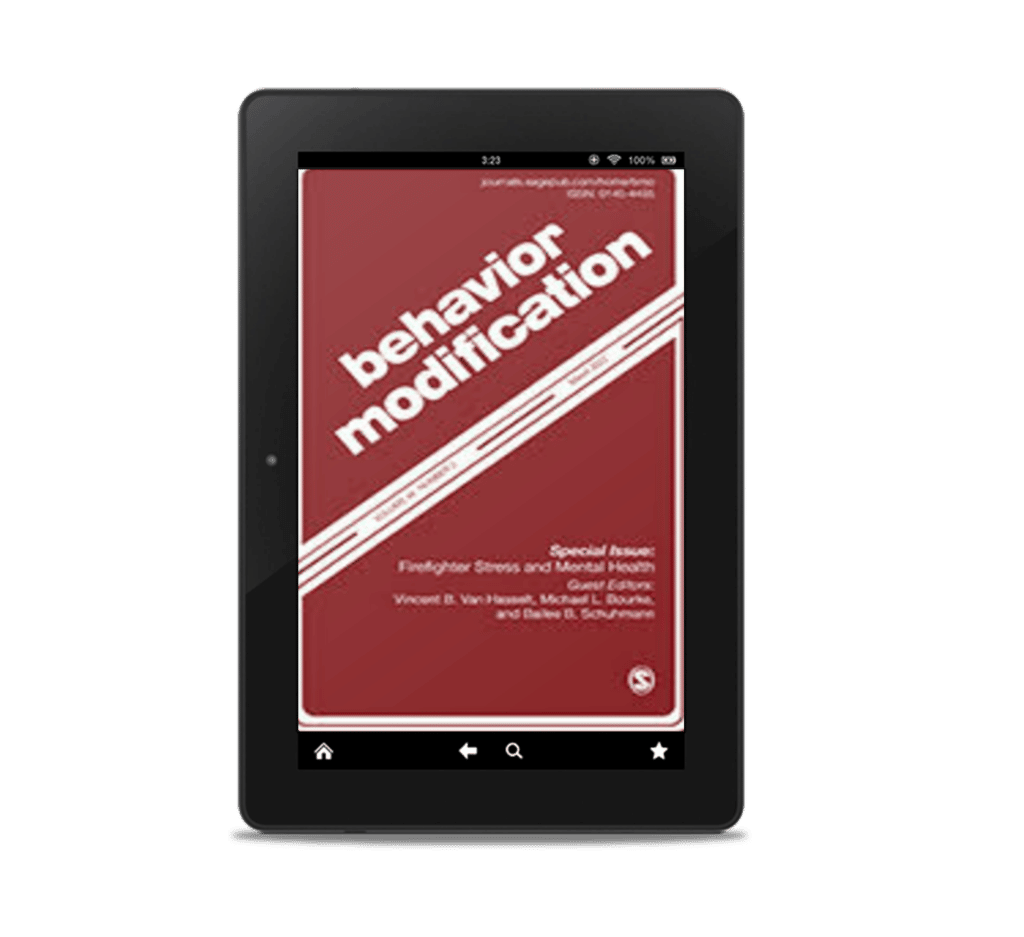
"Firefighter Stress and Mental Health: Introduction to the Special Issue"
The past decade has witnessed burgeoning interest and concern regarding the mental health of firefighters. This increased attention is due, in part, to research documenting higher rates of psychiatric problems, including depression, substance abuse, sleep disturbances, posttraumatic stress disorder, and suicidality in fire rescue personnel compared to civilians. Similarly, the National Institute for Occupation Safety and Health (2014) has identified disturbingly elevated rates of physical health difficulties in firefighters, most notably high blood pressure, coronary heart disease, death due heart attacks, as well as different forms of cancer. Despite the heightened awareness of the mental and physical health challenges in this population, behavioral research specifically targeting firefighters is limited. With this is mind, we asked prominent researchers and clinicians working in this area to present results of their early investigative efforts in our Special Issue on “First Responder Stress and Mental Health”. In this Introduction, we provide brief summaries of the studies comprising the Issue. Articles in this issue address topics of sleep, PTSD, substance use, physical health concerns, and provide assessment and treatment considerations. A primary goal of the Issue is to stimulate further behavioral research with this group of deserving yet underserved first responders. Moreover, the Issue serves as a tribute to the men and women of the fire service who dedicate and risk their lives to serve their community.
Van Hasselt, V. B., Bourke, M. L., Schuhmann, B. B.. (2022). Firefighter stress and mental health: Introduction to the Special Issue. Behavior Modification, 46(2), 259-266. doi:10.1177/01454455211064955
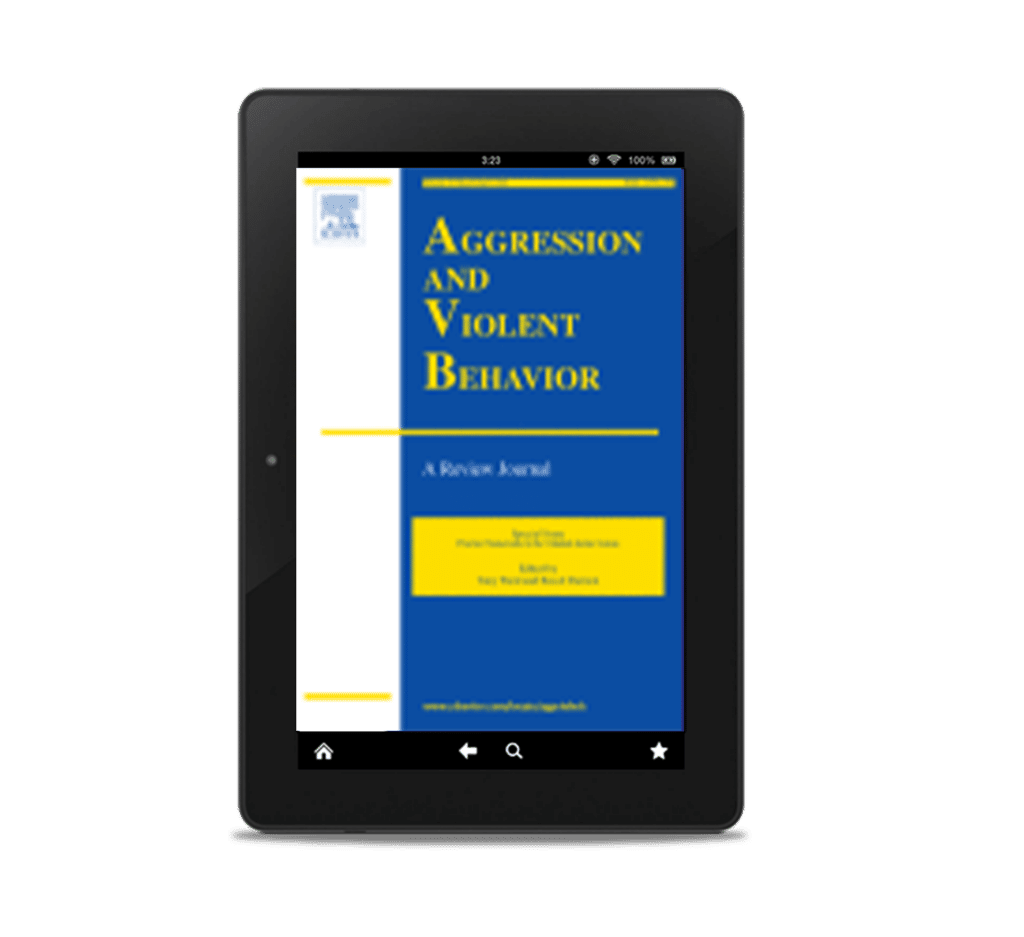
"A content analysis of pedophile manuals"
Of great concern is the existence of instructional manuals circulating online that provide pedophiles with guidance on how to sexually abuse children. To better understand the role this material may play in the exploitation of children, the United States Marshals Services Behavioral Analysis Unit conducted a qualitative analysis on the content of all known pedophile manuals. From the cumulative content of these manuals we derived a model of victim selection and identified specific strategies used by this population to harm children. The manuals reveal that although external situational factors are given consideration during victim selection, the internal vulnerabilities of the victim are emphasized for active exploitation. The graphic content found within the documents and the ability to obtain them anonymously exacerbate the danger these manuals pose by reinforcing cognitive distortions, fostering networking opportunities, and normalizing the sexual abuse of children. The “education” provided in the manuals may bolster pedophilic identification as well as increase criminal efficacy. In the current paper we present important insights we obtained about the mentality and methodologies of pedophiles and other individuals interested in sexually exploiting children.
Blalock, J. R., & Bourke, M. L. (2020). A content analysis of pedophile manuals. Aggression and Violent Behavior.
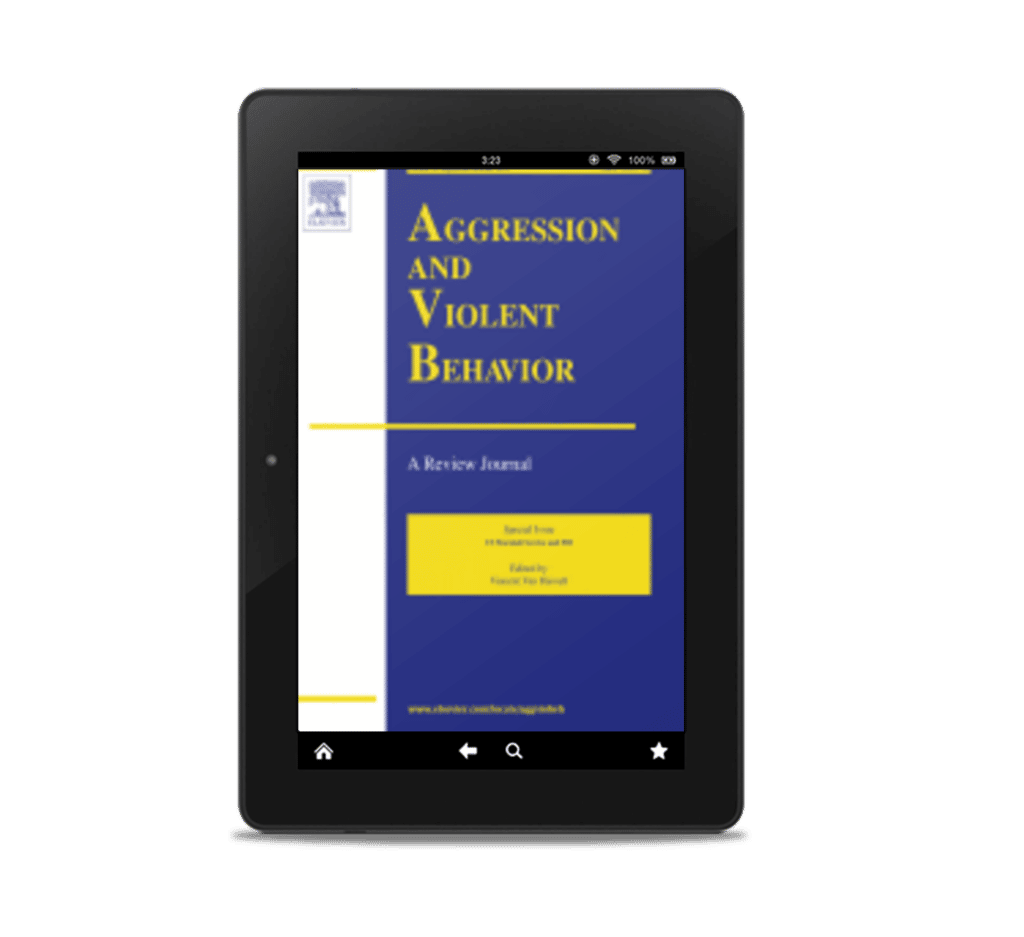
"Interdiction for the protection of children: Preventing sexual exploitation one traffic stop at a time"
This paper describes an innovative policing approach for identifying potential exploitation of children during roadside traffic stops and other interactions with citizens. The goal of the Interdiction for the Protection of Children program (IPC) is to train law enforcement officers to identify: (a) individuals who pose a high risk to children; (b) children who are being trafficked, exploited, or abused by one or more adults; and c) children who are at risk for various forms of exploitation (e.g., runaways, abductees). The training component first provides law enforcement officers with a conceptual framework for understanding child sexual exploitation. Next, instructors train participants to identify overt as well as subtle indicators that an individual with whom they are interacting may be a child victim, a child at risk for victimization, or a perpetrator of a sexual crime. Trainers emphasize the importance of working within multidisciplinary child protection systems to ensure the well-being and safety of each child. Upon the completion of training, officers utilize their skills on the street to better detect and intervene in matters involving child sexual exploitation, and intelligence analysts and researchers collect data from field personnel to improve program effectiveness. In the current document we describe the program’s methodology and application, including results of two major operations. We also discuss implications and provide suggestions for future directions.
Bourke, M. L., Prestridge, D., & Malterer, M. B. (2016). The Interdiction for the Protection of Children Program: Preventing sexual exploitation one traffic stop at a time. Police Chief, 30, 68-75.
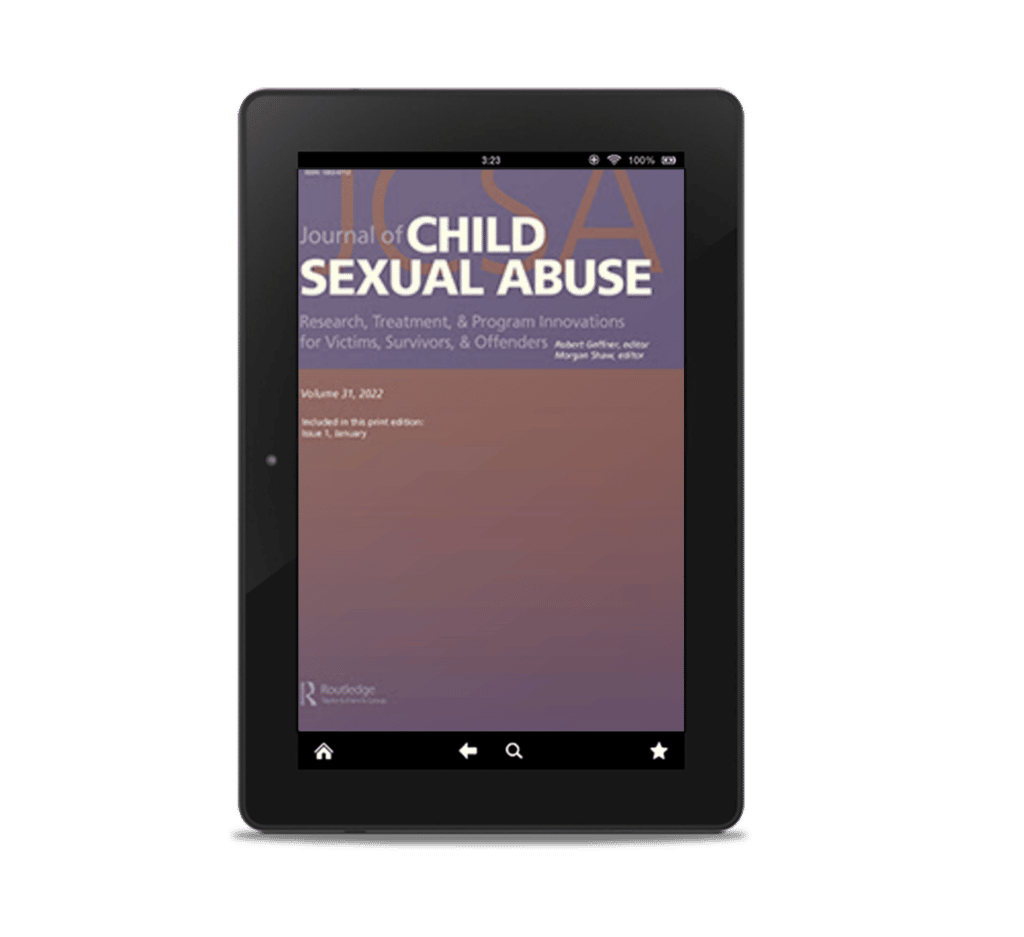
"Is Laughing at the Expense of Victims and Offenders a Red Flag? Humor and Secondary Traumatic Stress"
Professionals in the area of sexual violence often use humor, both lighthearted and gallows humor, in an attempt to counteract the effects of the work on their well-being. There is little research, however, on whether the use of humor is effective in reducing symptoms of secondary traumatic stress. In the current study, more than 500 Internet Crimes Against Children task force personnel were surveyed about their level of secondary traumatic stress and the coping techniques utilized to mitigate work-related stressors. The use of gallows and light-hearted humor were independently related to secondary traumatic stress scores, even controlling for other coping strategies. The two types of humor were not related to secondary traumatic stress in the same direction, nor at the same magnitude. (PsycINFO Database Record (c) 2016 APA, all rights reserved)
Craun, S. W., & Bourke, M. L. (2015). Is laughing at the expense of victims and offenders a red flag? Humor and secondary traumatic stress. Journal of Child Sexual Abuse, 24, 5, 592-602. DOI: 10
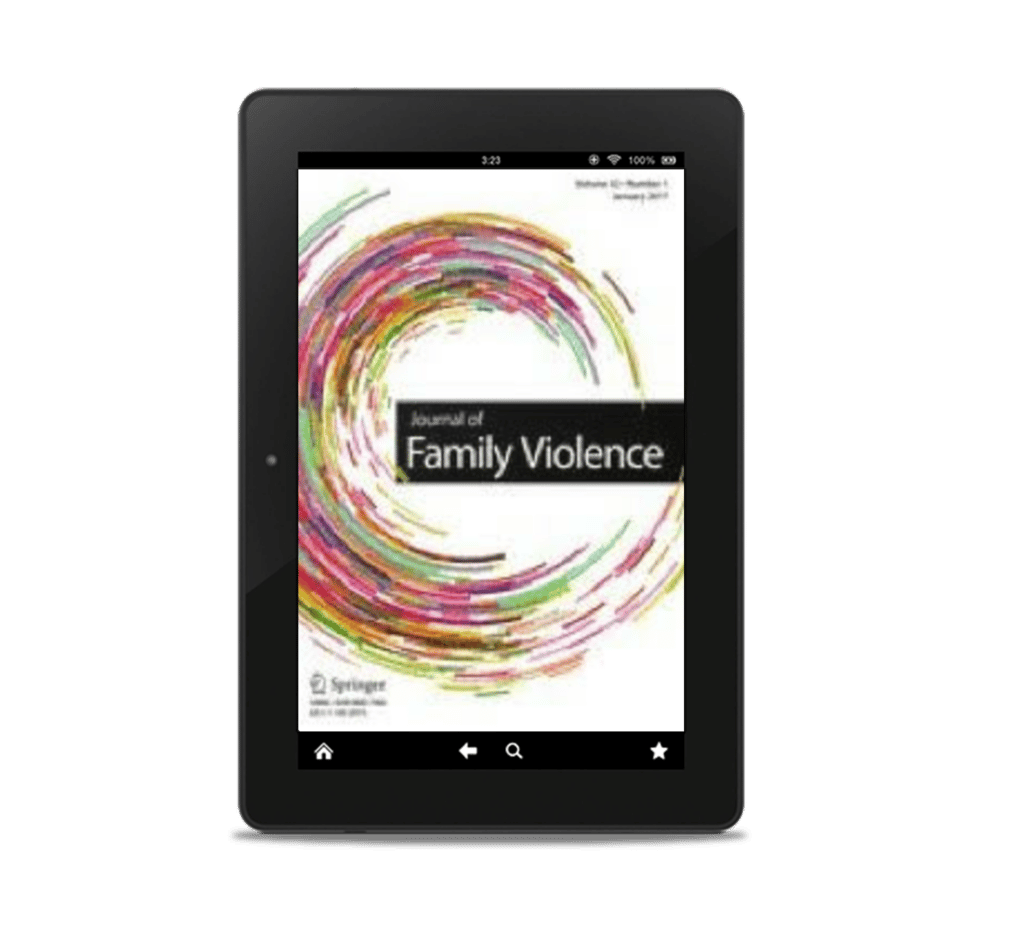
"The Impact of Internet Crimes Against Children Work on Relationships with Families and Friends: An Exploratory Study"
The work of Internet Crimes against Children (ICAC) taskforces requires frequent viewing of the sexual exploitation of children. We explored how ICAC personnel believe their work impacts their relationships with family members. More than 600 ICAC members were surveyed about their work and how they felt it intersects with their familial relationships. We found that those who described their job as positively affecting their relationships had lower secondary traumatic stress (STS) scores than those who did not. The interaction between gender and STS score was found to be significant in predicting one’s comfort in expressing intimacy with his or her own children. We conclude by discussing how the findings illuminate the intersection between ICAC work and one’s personal life.
Individuals who work with Internet Crimes Against Children (ICAC) taskforces face the difficult task of working with the darker side of human beings. ICAC task forces are responsible for finding, apprehending, and prosecuting those who sexually exploit children through the Internet. Some ICAC taskforce members have children of their own, which may impact how this work affects them and influences the degree to which they take this work home. The interaction between ICAC work and family life also may be predisposed by secondary traumatic stress (STS), a unique blending of symptoms that mimic posttraumatic stress disorder (PTSD) but develop from indirect exposure to traumatic material or events (Bride and Kintzle 2011; Hille 2010). With this research study, we explore how ICAC taskforce personnel feel their line of work impacts their relationships with their families and whether STS intersects with their perceptions of how the work impacts their family life.
Craun, S. W., Bourke, M. L., & Coulson, F. N. (2015). The impact of ICAC work on relationships with friends and family: An exploratory study. Journal of Family Violence, 30(3), 393-402.
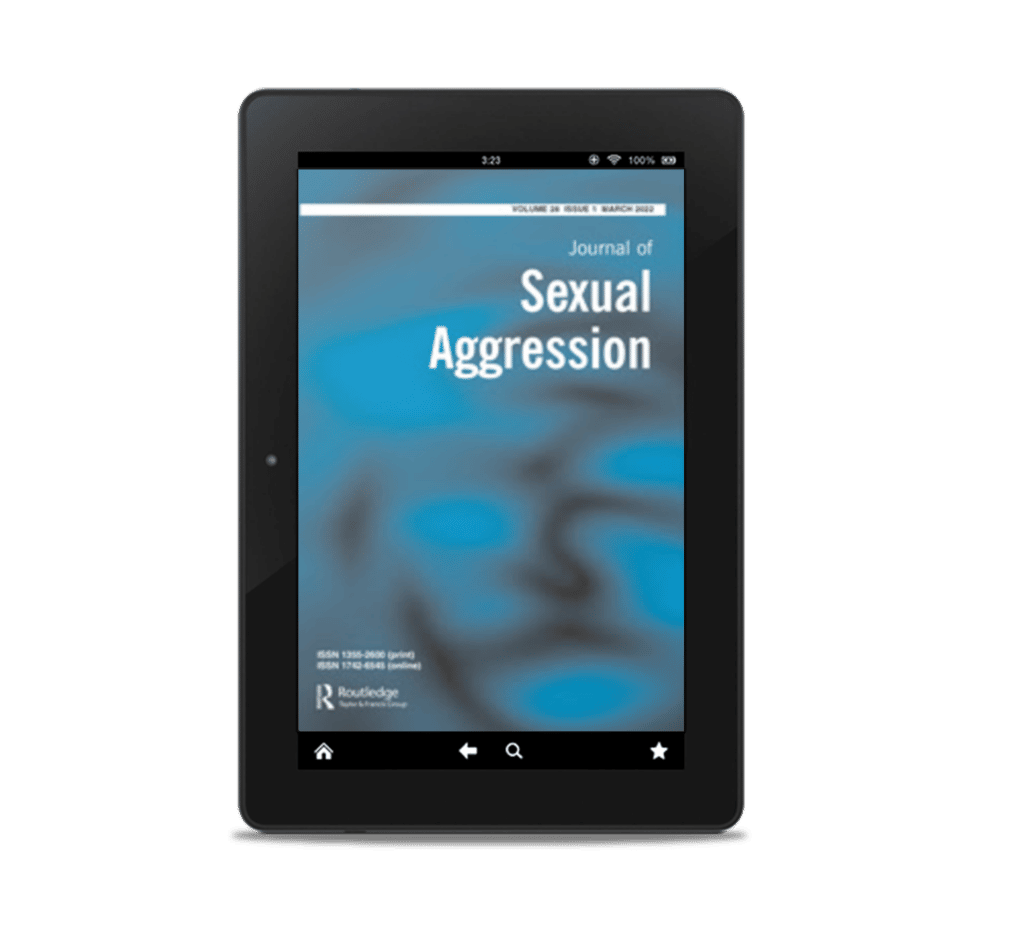
"The use of tactical polygraph with sex offenders"
Professionals who work with sexual abusers often are faced with a significant obstacle: offenders’ failure to accurately report their histories of undetected offences, particularly hands-on crimes against children. The implications are significant and include poor risk assessment, misguided treatment planning, inadequate sentences, and insufficient supervision conditions. This problem is particularly important with so called child pornographers—offenders whose known criminality is limited to the Internet, and who may be reluctant to admit they have engaged in the hands-on abuse of children. The current study examines an investigative method that we refer to as tactical polygraph and describes its effectiveness in identifying previously undetected sexual offending within this population. In our sample of 127 suspects with no known history of hands-on offending, only 4.7% admitted to sexually abusing at least one child. During polygraph procedures, an additional 52.8% of the study sample provided disclosures about hands-on abuse they perpetrated.
Bourke, M. L., Fragomeli, L., Detar, P. J., Sullivan, . J., Meyle, E. & O’Riordan, M. (2015). The use of tactical polygraph with sex offenders. Journal of Sexual Aggression, 21(3), 354-367. DO

"The use of humor to cope with secondary traumatic stress."
Professionals in the area of sexual violence often use humor, both lighthearted and gallows humor, in an attempt to counteract the effects of the work on their well-being. There is little research, however, on whether the use of humor is effective in reducing symptoms of secondary traumatic stress. In the current study, more than 500 Internet Crimes Against Children task force personnel were surveyed about their level of secondary traumatic stress and the coping techniques utilized to mitigate work-related stressors. The use of gallows and light-hearted humor were independently related to secondary traumatic stress scores, even controlling for other coping strategies. The two types of humor were not related to secondary traumatic stress in the same direction, nor at the same magnitude. (PsycINFO Database Record (c) 2016 APA, all rights reserved)
Craun, S. W., & Bourke, M. L. (2014). The use of humor to cope with secondary traumatic stress. Journal of Child Sexual Abuse: Research, Treatment, & Program Innovations for Victims, Survivors, & Offenders, 23(7), 840–852.
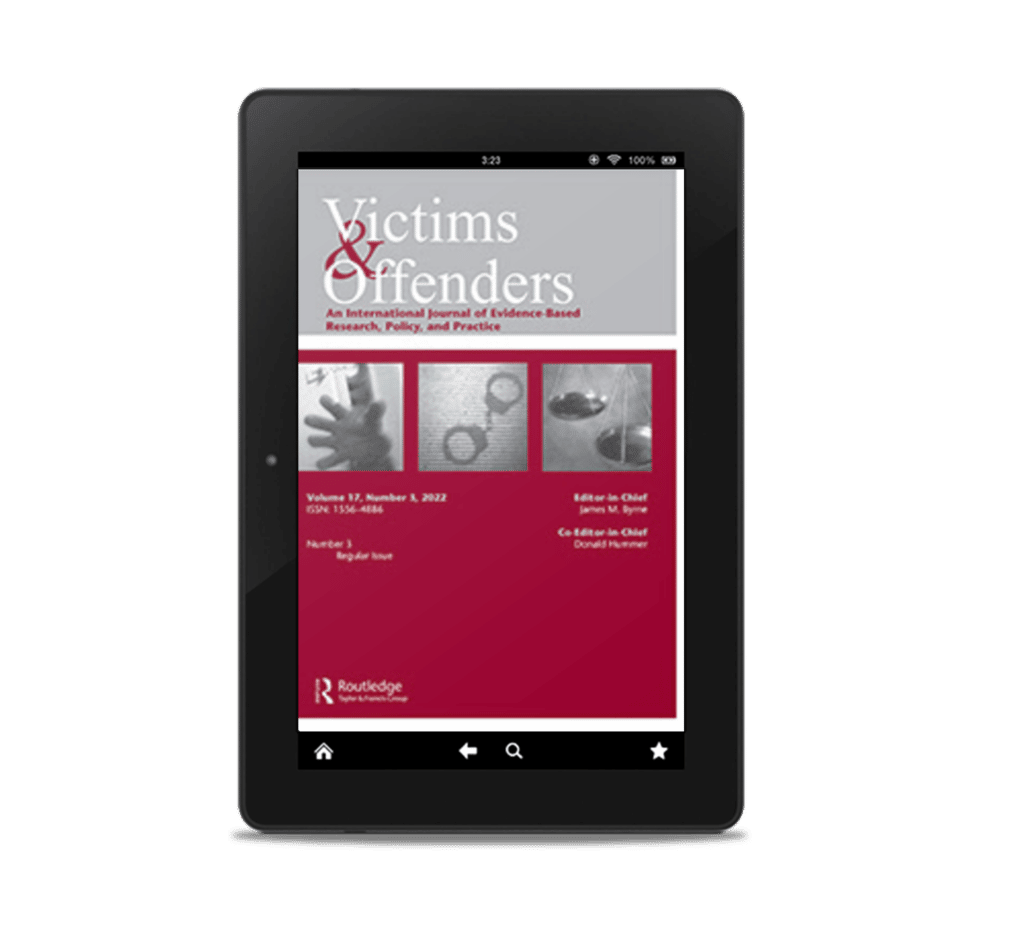
"A Longitudinal Examination of Secondary Traumatic Stress among Law Enforcement"
Current research on secondary traumatic stress (STS) has been drawn from cross-sectional data. To determine how STS manifests over time, we conducted a three-year, longitudinal panel survey of investigators at a federal law enforcement agency. We measured STS scores, coping styles, perceptions of the work environment, and subject demographics. We found that STS scores are fairly stable over time. A variety of both positive and negative coping mechanisms, as well as characteristics about the work environment, were found to impact STS. In particular, coping with denial more often in the previous year was related to higher STS scores a year later, while higher scores indicating supervisory support were related to lower STS one year later. Deputy demographic variables were unrelated to STS.
Craun, S. W., Bourke, M. L., Bierie, D. M. & Williams, K. S. (2014) A longitudinal examination of secondary traumatic stress among law enforcement. Victims & Offenders, 9(3), 299-316. DOI:
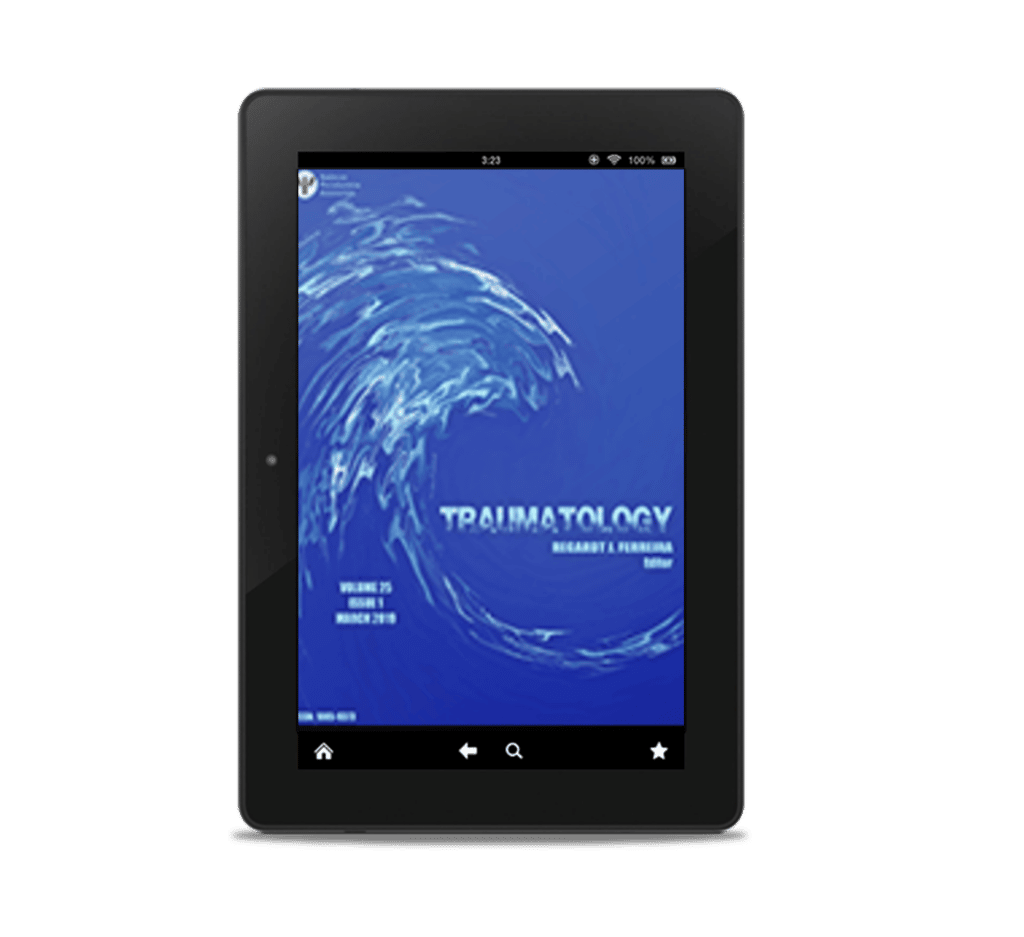
"Coping with secondary traumatic stress: Differences between U.K. and U.S. child exploitation personnel."
Research investigating how secondary traumatic stress impacts those who work in the field of child exploitation is in its early stages. In the current study we investigate how attempts to cope with secondary traumatic stress vary between investigators in the United States and their counterparts in the United Kingdom. After examining the best-fitting models we found both similarities and differences in predictors of secondary traumatic stress. For example, the level of self-reported difficulty and frequency of interactions with disturbing media were positively related to higher secondary traumatic stress scores in both groups; supervisory support, however, was related to lower secondary traumatic stress scores only in the U.S. sample. The implications and limitations of our findings are discussed. (APA PsycInfo Database Record (c) 2016 APA, all rights reserved)
Bourke, M. L., & Craun, S. W. (2014). Coping with secondary traumatic stress: Differences between U.K. and U.S. child exploitation personnel. Traumatology: An International Journal, 20(1), 57–64. https://doi.org/10.
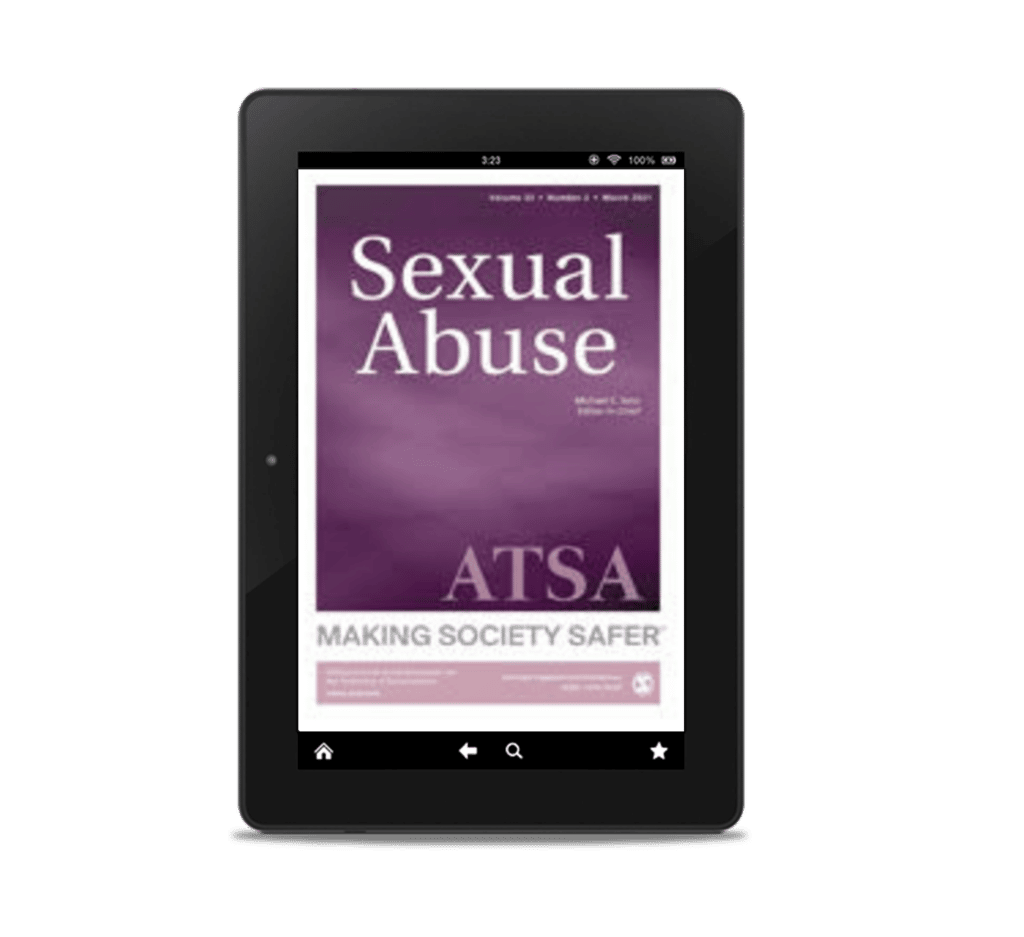
"Secondary Traumatic Stress Among Internet Crimes Against Children Task Force Personnel: Impact, Risk Factors, and Coping Strategies"
Internet Crimes Against Children (ICAC) task force personnel face various forms of child exploitation on a daily basis; their jobs require them to view child pornography, participate in undercover chats, interact with offenders in person, and interview abuse survivors. Although exposure to child exploitation and sexual violence has been shown to cause secondary traumatic stress (STS) in certain professions, this is the first large-scale study to investigate risk for STS among ICAC personnel. We circulated an Internet-based survey to ICAC personnel throughout the country and more than 600 individuals responded. Results provide insight into how STS impacts personal and professional well-being. In addition, they highlight which coping mechanisms were inversely related to STS scores. Implications and limitations of the results are discussed.
Bourke, M. L., & Craun, S. W. (2014). Secondary traumatic stress among Internet Crimes Against Children Task Force personnel: Impact, risk factors, and coping strategies. Sexual Abuse, 26(6), 586-609. doi:10.1177/1079063213509411

"Secondary Traumatic Stress among Those Who Investigate Sexual Crimes"
A review of what is currently known about secondary traumatic stress in sexual crime investigators (also referred to as compassion fatigue), with a special focus on those who investigate Internet sexual crimes, current empirical findings, and proposed direction for an informed research agenda.
Bourke, M. L. & Craun, S. W. (2013). Secondary Traumatic Stress among Those Who Investigate Sexual Crimes. Sex Offender Law Report, 14 (5), 65-68.

"The ‘Butner Study’ Redux: A report of the incidence of hands-on child victimization by child pornography offenders"
This study compared two groups of child pornography offenders participating in a voluntary treatment program: men whose known sexual offense history at the time of judicial sentencing involved the possession, receipt, or distribution of child abuse images, but did not include any “hands-on” sexual abuse; and men convicted of similar offenses who had documented histories of hands-on sexual offending against at least one child victim. The goal was to determine whether the former group of offenders were “merely” collectors of child pornography at little risk for engaging in hands-on sexual offenses, or if they were contact sex offenders whose criminal sexual behavior involving children, with the exception of Internet crimes, went undetected. Our findings show that the Internet offenders in our sample were significantly more likely than not to have sexually abused a child via a hands-on act. They also indicate that the offenders who abused children were likely to have offended against multiple victims, and that the incidence of “crossover” by gender and age is high.
Bourke, M. L., Hernandez, A. E. (2009). The ‘Butner Study’ Redux: A report of the incidence of hands-on child victimization by child pornography offenders. Journal of Family Violence, 24, 183. https://doi.org/10.1007/
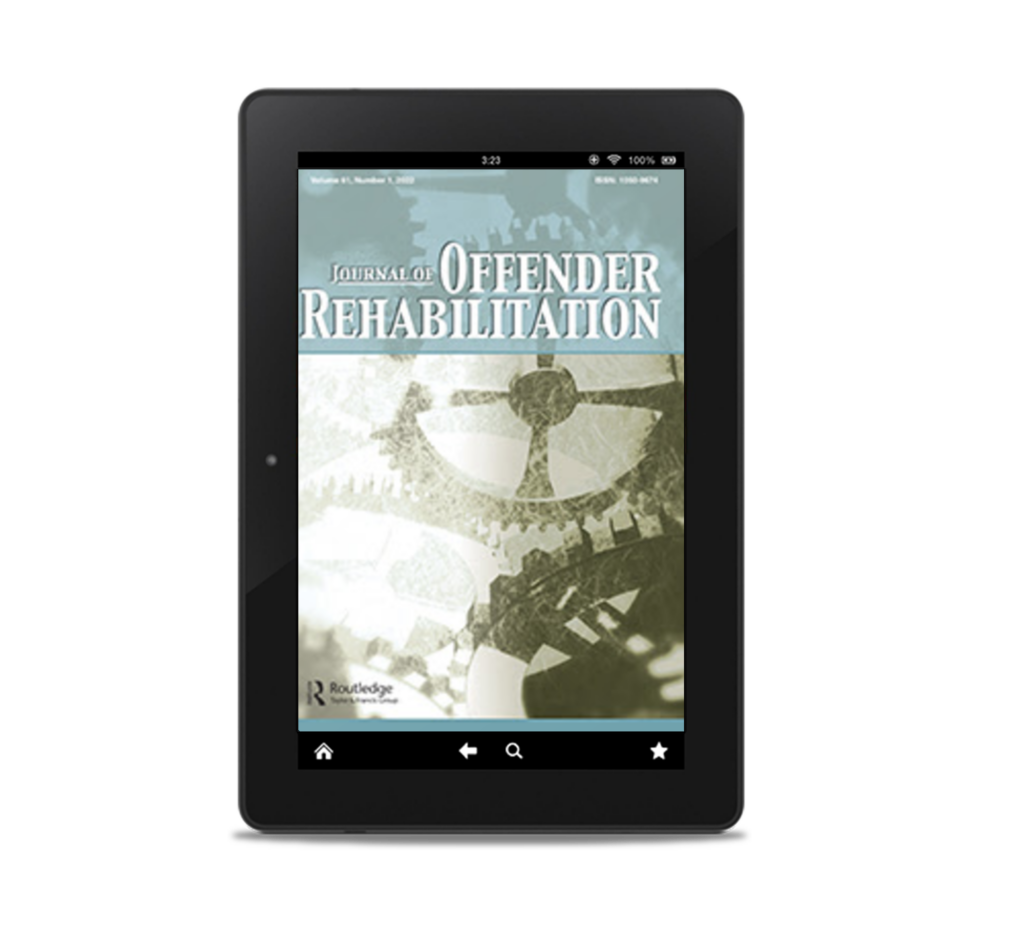
"Empirically-Derived MCMI-III Personality Profiles of Incarcerated Female Substance Abusers"
Previous research suggests that male, alcohol, and drug-dependent subjects fall into distinct personality clusters (e.g., schizoid, narcissistic, antisocial). However, few studies utilizing cluster analyses have been conducted with females who are incarcerated or substance dependent. In the present study, the Millon Clinical Multiaxial Inventory-III (MCMI-III) was administered to 210 female inmates in a jail-based substance abuse prevention program. Hierarchical Cluster Analysis with Varimax rotation resulted in the following three cluster profiles: “normal” (no significant elevations), narcissistic, and antisocial. Hypotheses regarding the personality structure of incarcerated female substance abusers are offered; clinical implications of the findings are discussed.
Grabarek, J., Bourke, M. L., & Van Hasselt, V. B. (2002). Empirically-derived MCMI-III personality profiles of incarcerated female substance abusers. Journal of Offender Rehabilitation, 35, 19-29.
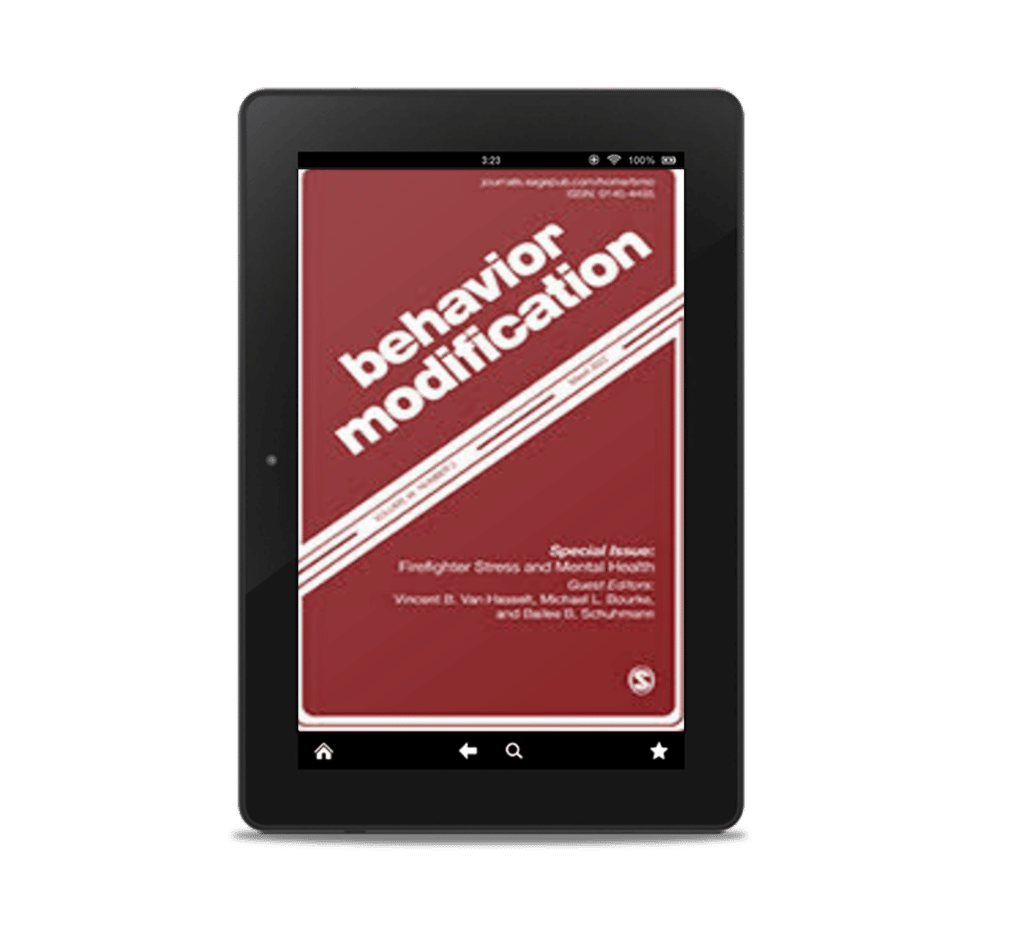
"Social Problem-Solving Skills Training for Incarcerated Offenders: A Treatment Manual"
This article describes a social problem-solving skills intervention for incarcerated adult offenders. The program includes pragmatic, progressive skill building through the use of direct instructions, role-plays with performance feedback, modeling, behavior rehearsal, and positive reinforcement. In addition to these treatment components, the empirically derived approach employs standardized assessment measures to identify deficits and to evaluate treatment outcome. Assessment data are directly used to determine behavior change in such areas as conversational skills, positive and negative assertion, anger management, problem solving, empathy, and stress inoculation. Social skills training is included to modify verbal, nonverbal, and paralinguistic behavioral components. In addition, training elements related to anger reduction and stress management are utilized.
Bourke, M. L. & Van Hasselt, V. B. (2001). Social problem-solving skills training with incarcerated offenders. Journal of Behavior Modification, 25(2), 163-188.
